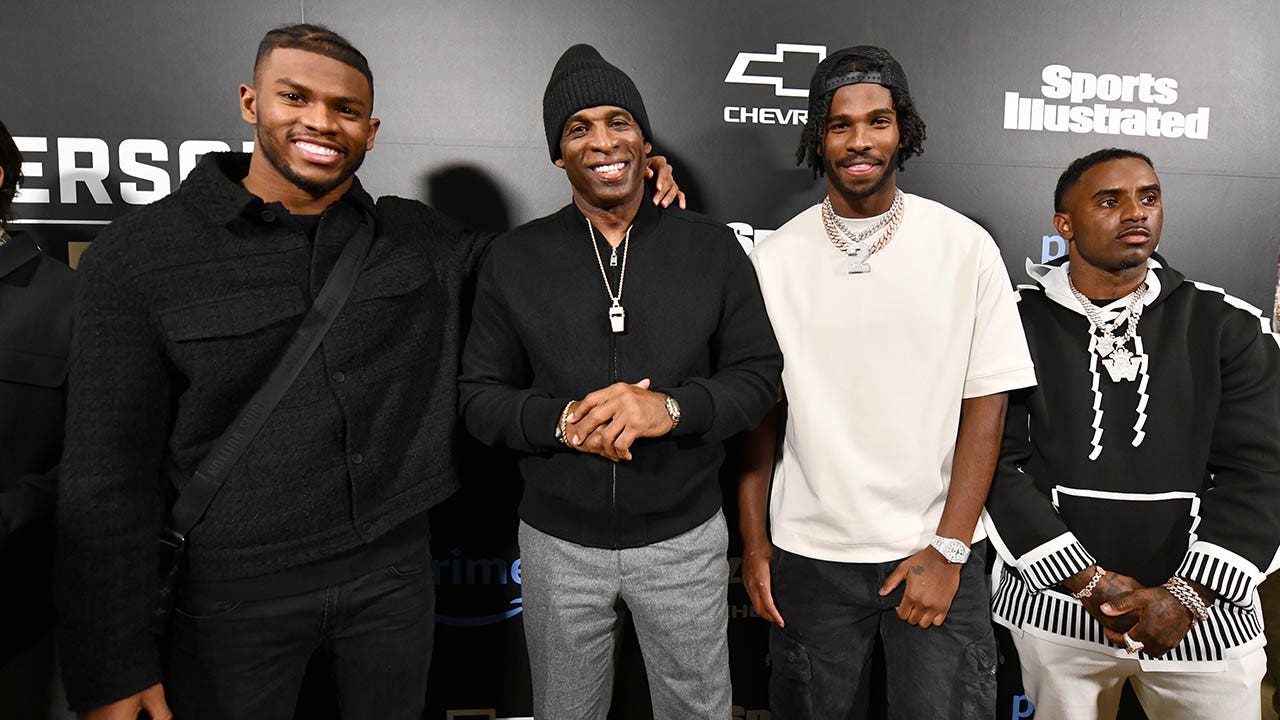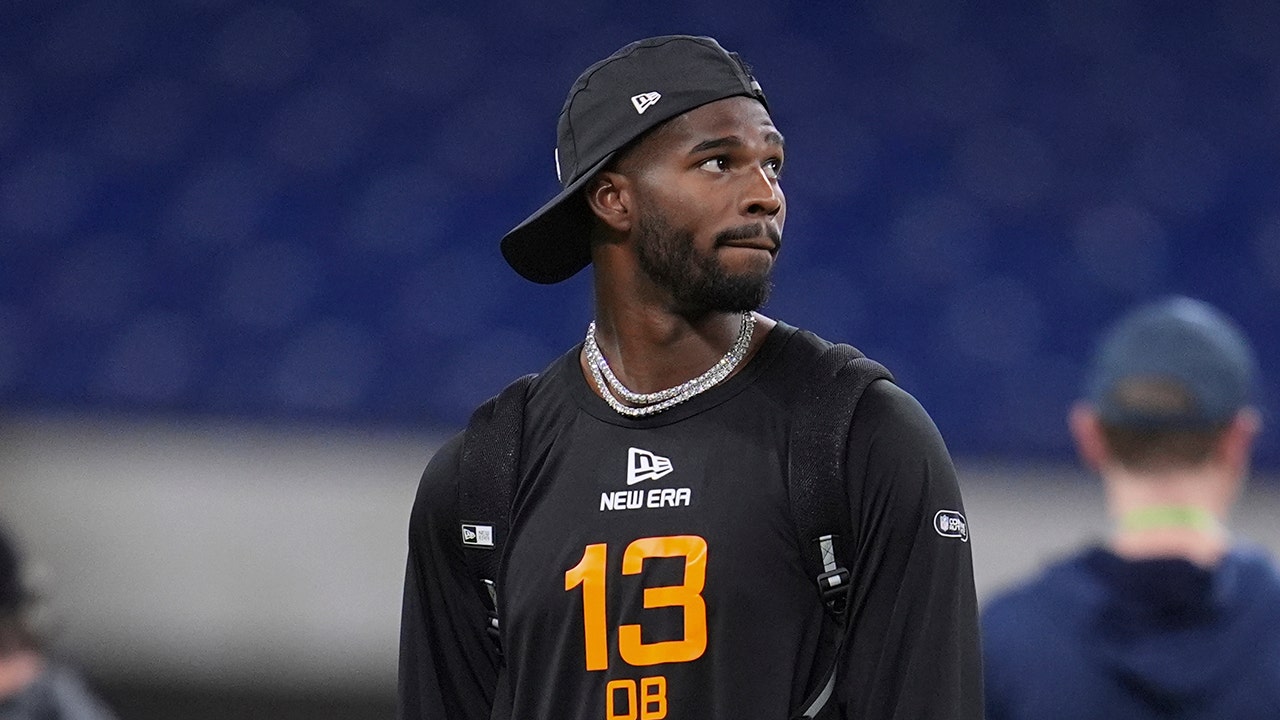NHL player testifying at sex assault trial of ex-world junior hockey player teammates

Exploring the Complexities of Consent Videos
In a recent trial, the focus has been on the crucial issue of consent, as highlighted in the Crown’s opening statements. One key piece of evidence presented to the jury was a series of videos featuring the complainant, identified as E.M. to protect her identity.
One video showed E.M. confirming, “I’m OK with all this stuff,” followed by her explicit consent, “Yeah, I’m OK.” In another video, recorded at 4:26 a.m., E.M. is depicted wearing no clothing while holding a towel across her chest. She clearly states, “It was all consensual. Are you recording me? K, good. You are so paranoid. Holy. I enjoyed it. It was fine. I’m so sober — that’s why I can’t do this right now.”
To gain further insight into the significance of consent videos, I spoke with Kaitlynn Mendes, a sociology professor and Canada Research Chair in Inequality and Equity at Western University. Mendes, an expert in technology-facilitated sexual violence, explained that consent videos have emerged as a preemptive measure to counter claims of non-consensual sexual encounters.
According to Mendes, the prevalence of consent videos rose during the #MeToo movement, which aimed to combat sexual harassment and abuse, particularly in professional settings. However, she notes that there is ongoing controversy surrounding these videos due to the nuanced nature of consent.
Mendes emphasizes that consent is a continuous process that can be revoked at any point. In scenarios where multiple individuals are involved or there is a shift in activities, explicit consent must be obtained in the moment. She cautions that while consent videos may serve as evidence in certain situations, the act of recording them introduces complexities.
Although Mendes has not reviewed the consent videos from the world junior hockey case, she poses critical questions about the context in which they were captured. Factors such as the presence of coercion, intimidation, or the individual’s capacity to consent while sober are vital considerations.
Ultimately, Mendes underscores the importance of evaluating the circumstances surrounding consent videos to ensure that genuine and ongoing consent is obtained, free from any form of duress or manipulation.




